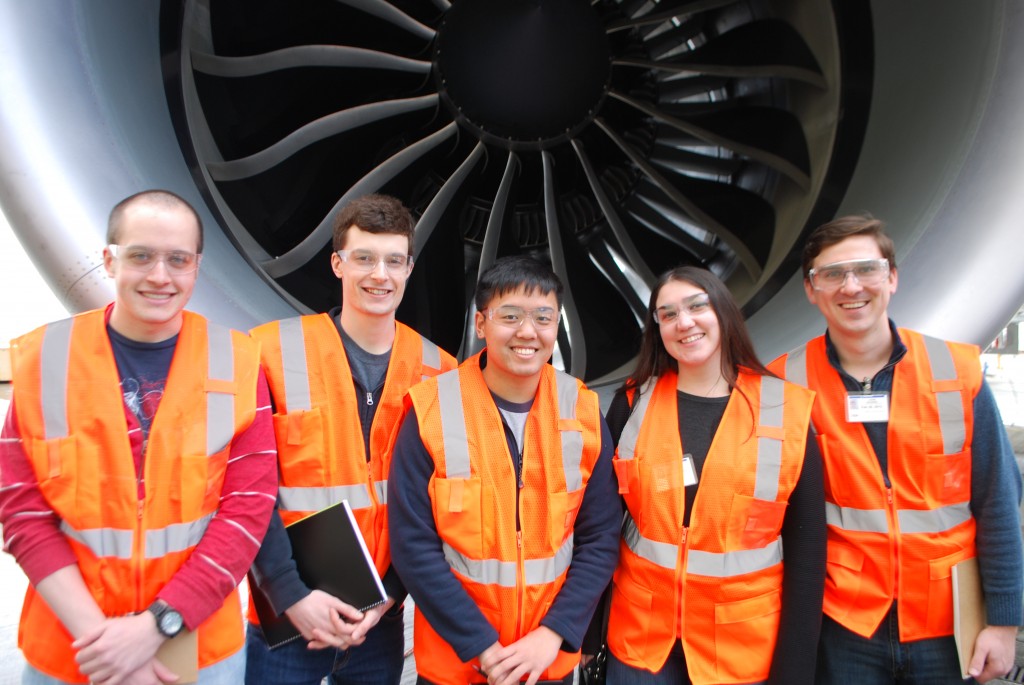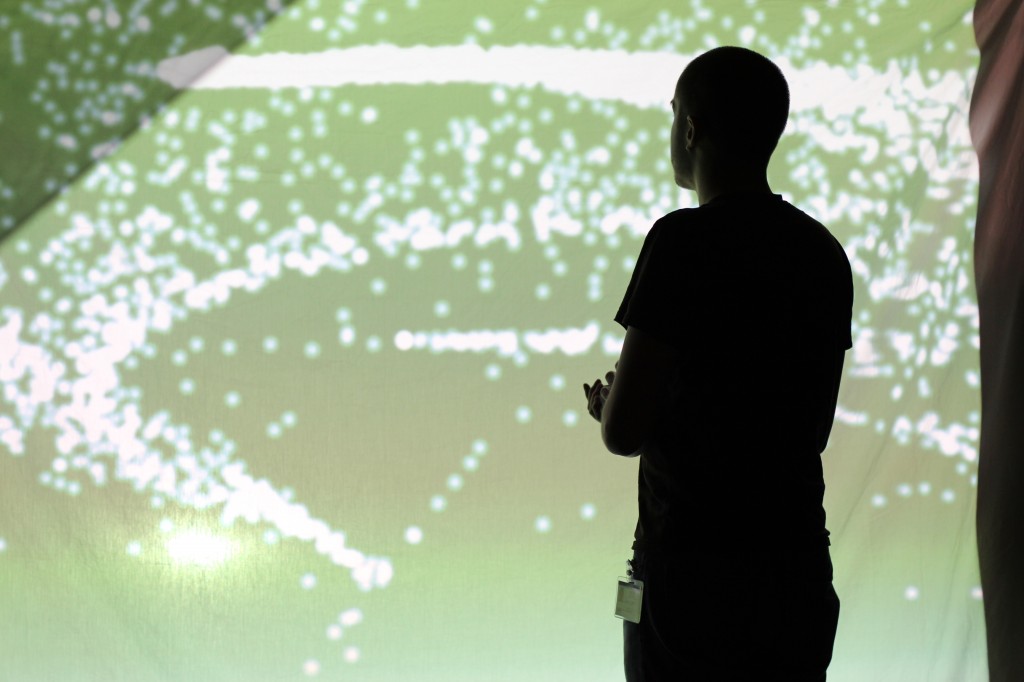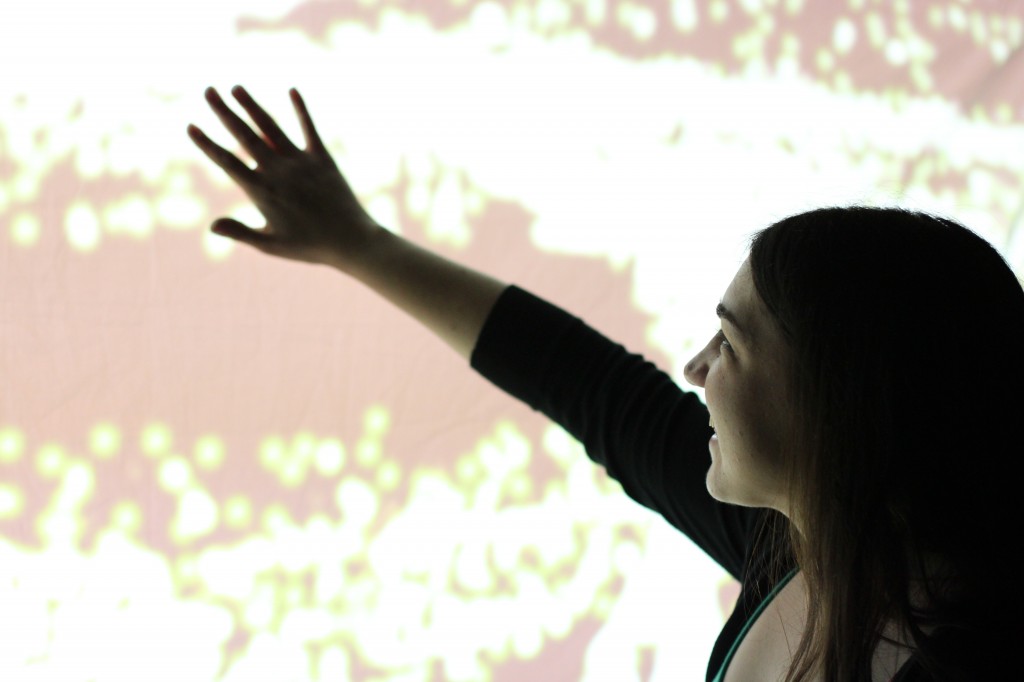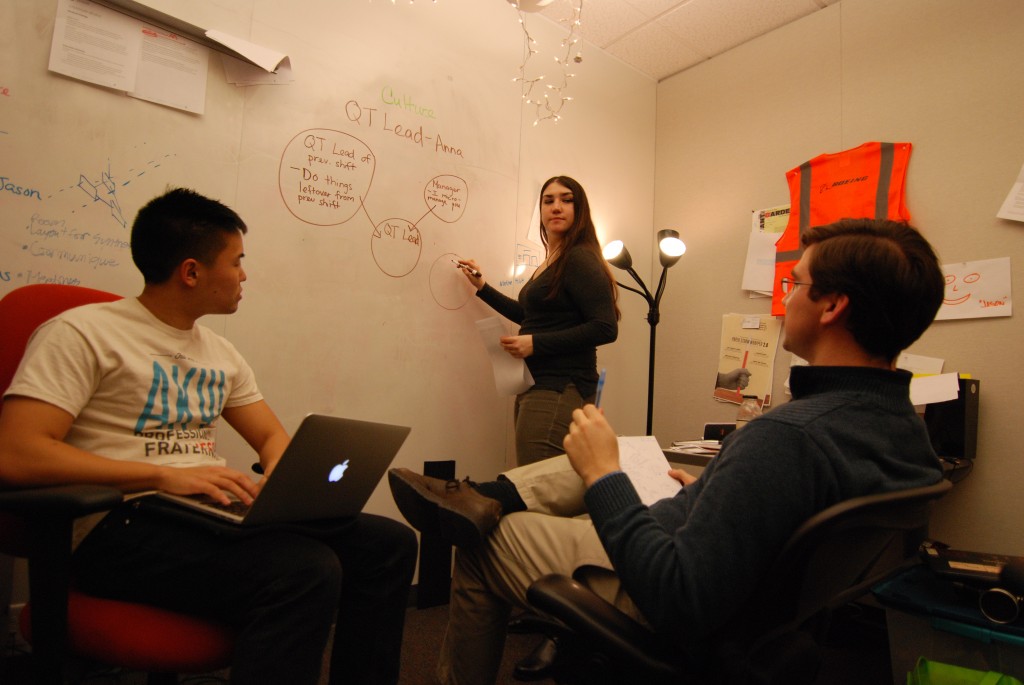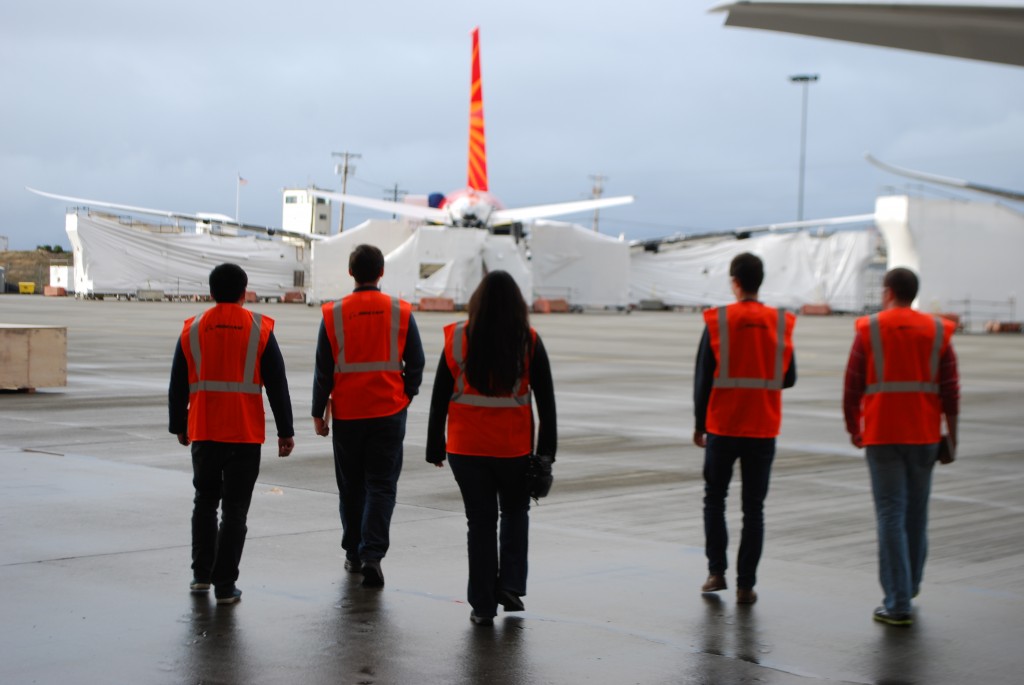Skills Used: contextual inquiry, affinity diagramming, visioning, storyboarding, concept validation, experience prototyping, wizard of oz, gestural user interface design, think-aloud protocol, communicating with clients
Project Role and Mission
I was the Research Lead of a 5-person interdisciplinary team of Human-Computer Interaction Master’s students working on an 8-month long project with Boeing to improve communication at their factory in Everett, Washington.
Team Website: Available here
The workday of a factory employee is strict and regimented. Controlled processes and procedures are pivotal in producing quality airplanes at a large scale. Consequently, the worker often feels small and disconnected. The factory functions as a machine, but the workers are not gears and pinions; they are surgeons and artisans, and most importantly—people.
For them, we have designed Solace: a private, expressive space where people create immersive rooms through touch, motion, and speech interactions. It complements the rigidity of the factory environment by promoting a sense of play and exploration. Solace is the first step in transforming the culture of the factory into a more open and collaborative space—one that fully embraces personal expression, and where workers feel empowered to make an impact on their daily work environment.
Needfinding Process
Exploratory, Contextual Research
We made two main research trips to Everett Factory. The first trip was primarily used to tour the factory, understand stakeholders, and build relationships. The second trip consisted of contextual shadowing and guerrilla interviewing of 25 workers in 12 different roles.
Interpretation, Synthesis, and Visioning
The group collectively interpreted all research together, and created flow and cultural models as well as affinity diagrams. Data (and some creative imagination!) directly informed our visions for our client.
Designing an Immersive Environment
We refined our design direction over the summer, and decided to create an immersive environment that could support self-expression, creativity, and employee appreciation within a highly mechanical and regulated factory environment. This solution positively influences Boeing’s culture by improving morale, communication, and productivity. We arrived at this design solution through three stages of iterative testing, which included concept validation, experience prototyping, and wizard of oz prototyping.
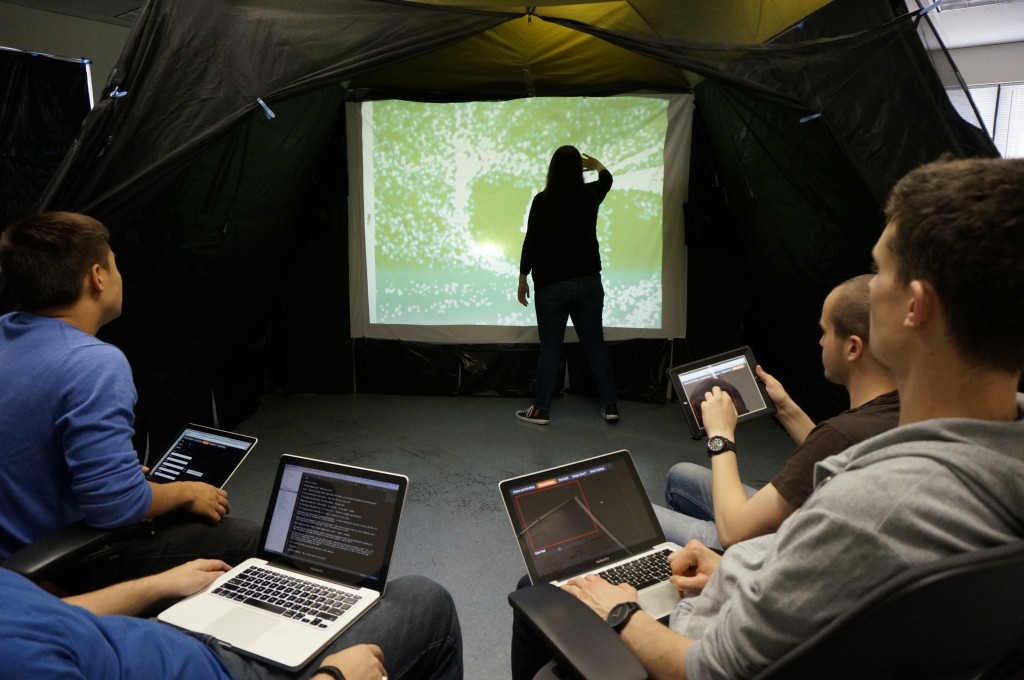
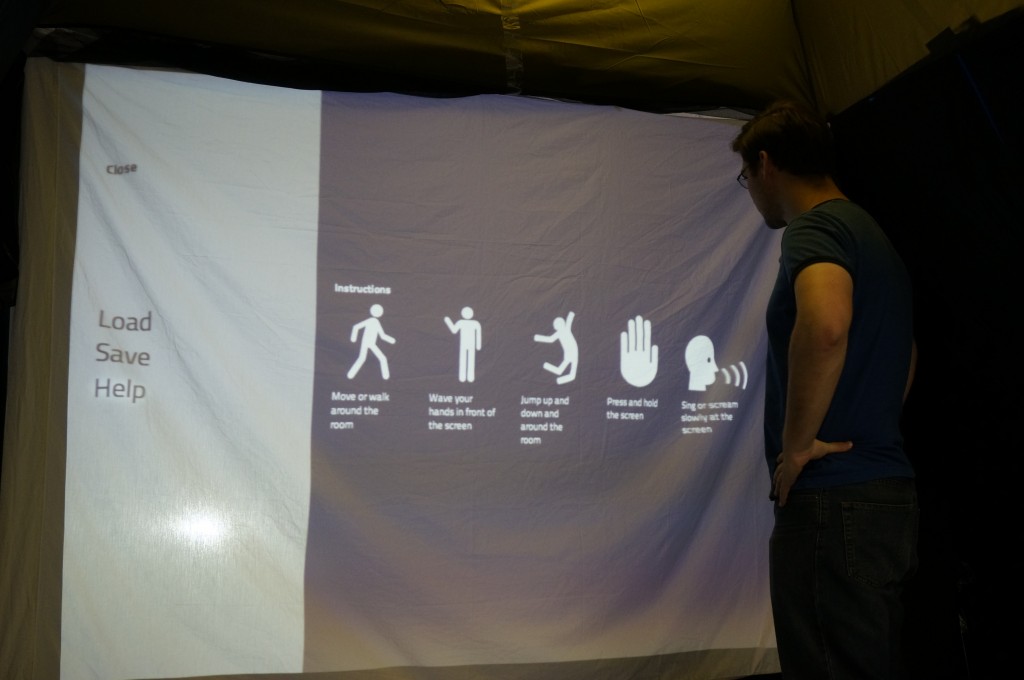
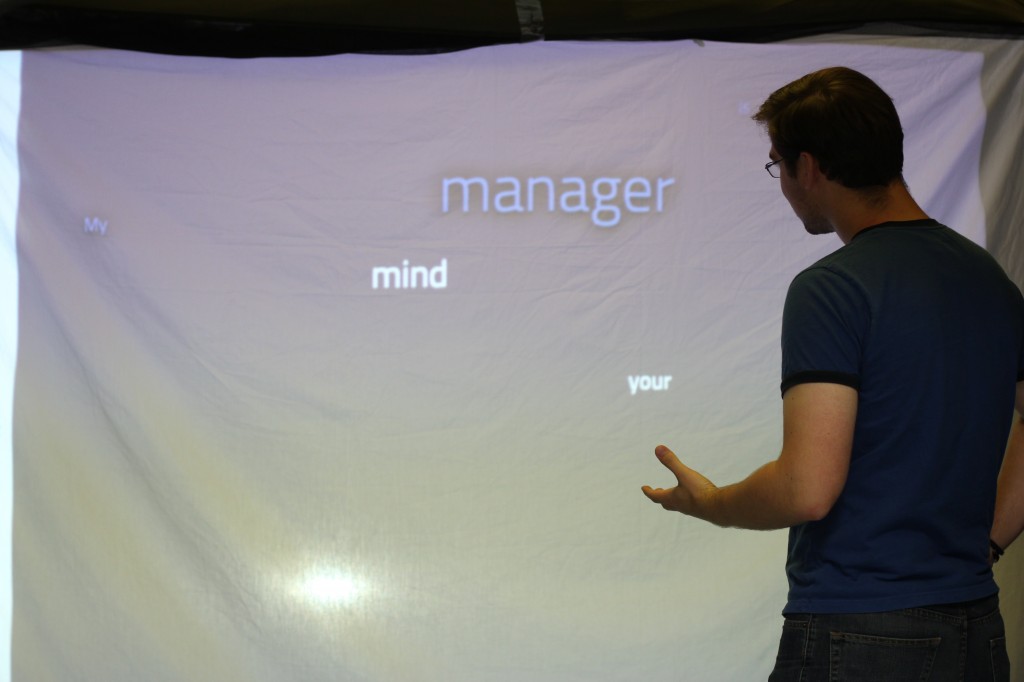
Video
